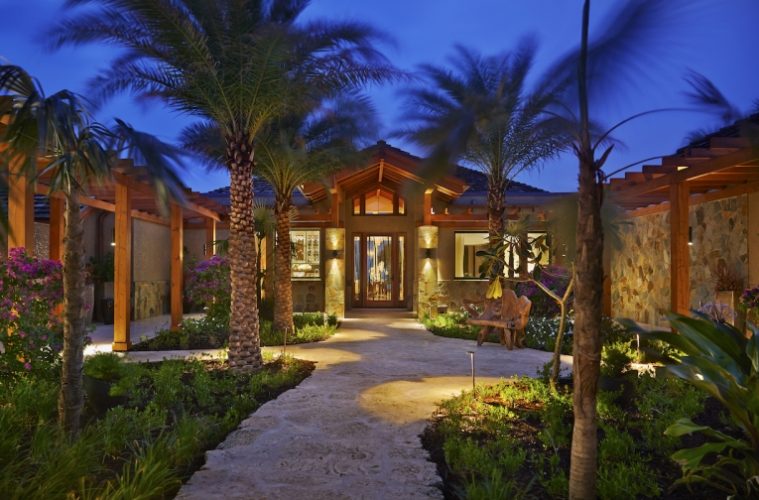Spotlights are great for attracting attention or making certain details prominent. For example, when it comes to artwork or dark corners, it warms them up a bit. But remember, it is important to have adjustment options. Different light levels are critical for creating different moods.
Uplighting
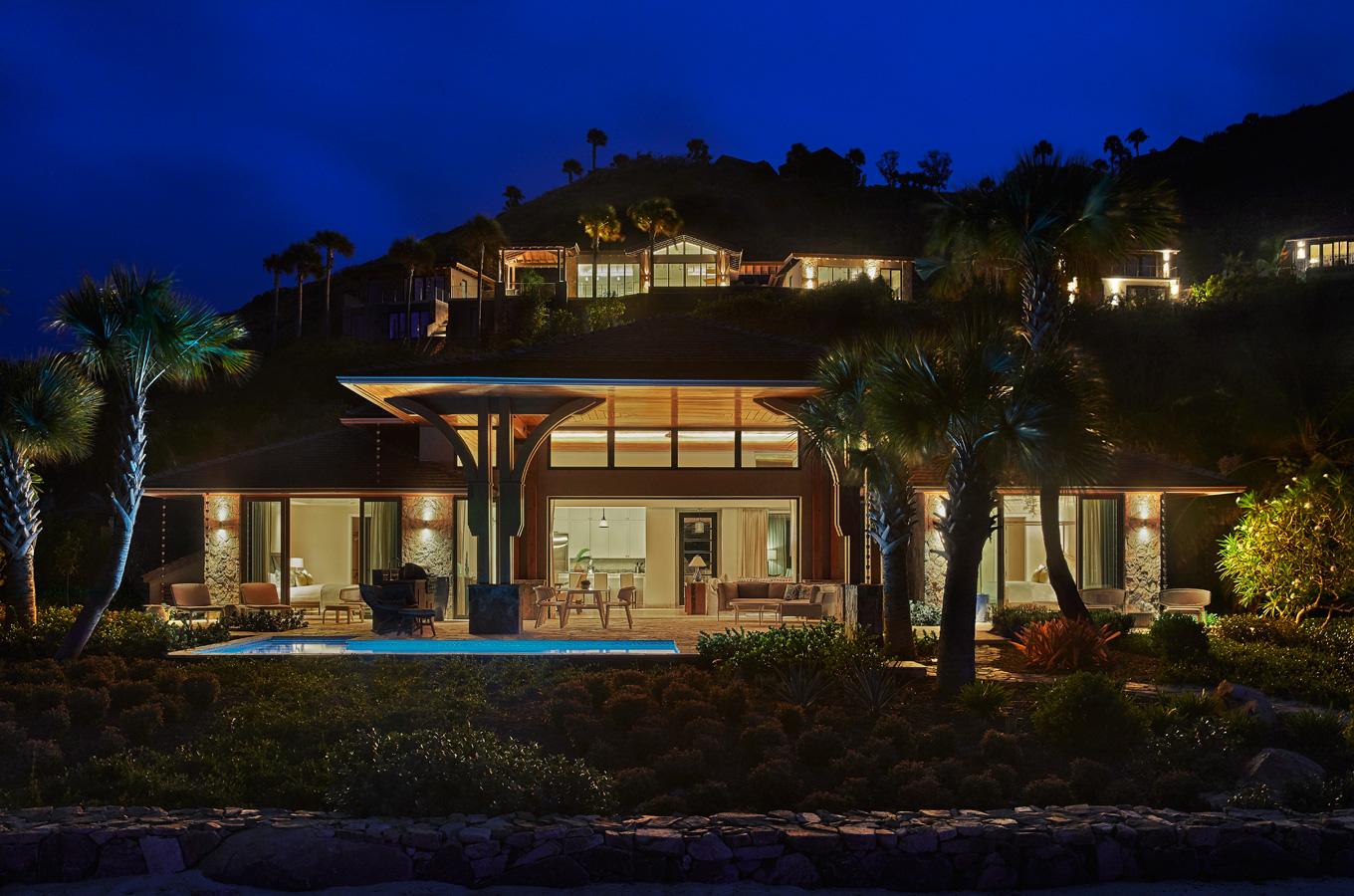

Uplighting makes you notice, it makes you look up. It can create beautiful shadows and lights up interiors in novel ways. It can enhance wall textures and brighten up dark spaces such as stairs. Make sure to take into account where the focal points will be. Ulighting is especially suited for highlighting trees, vegetation, landscapes, columns, and other vertical elements, making it a landscaping must.
Downlighting
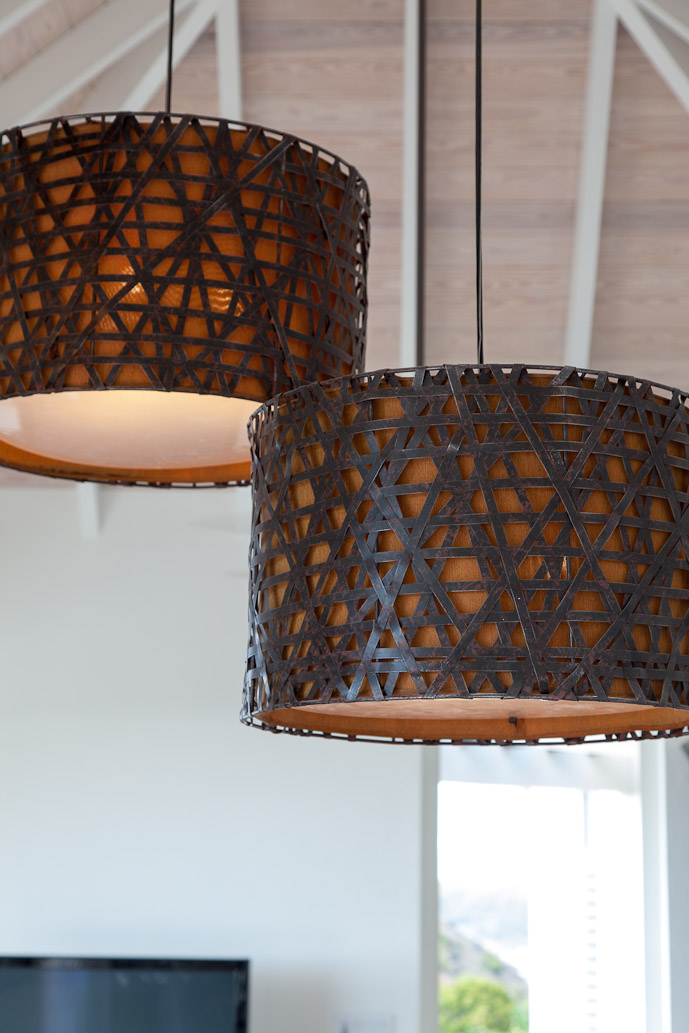

Downlights are quite common in modern homes. However, it’s very easy to get them wrong. It’s important to have a well-organized scheme from both an aesthetic and results angle because downlights are often the main source of lighting in the home. Small spotlights are great downlights for highlighting artwork and are also regularly used for offices and other work spaces.
Indirect lighting
Indirect lighting is great for creating milder and more relaxing ambiences, found many times at spas. An added layer of sophistication is achieved when you can control the flood of light that indirect lighting makes possible.
Welcome to the coves
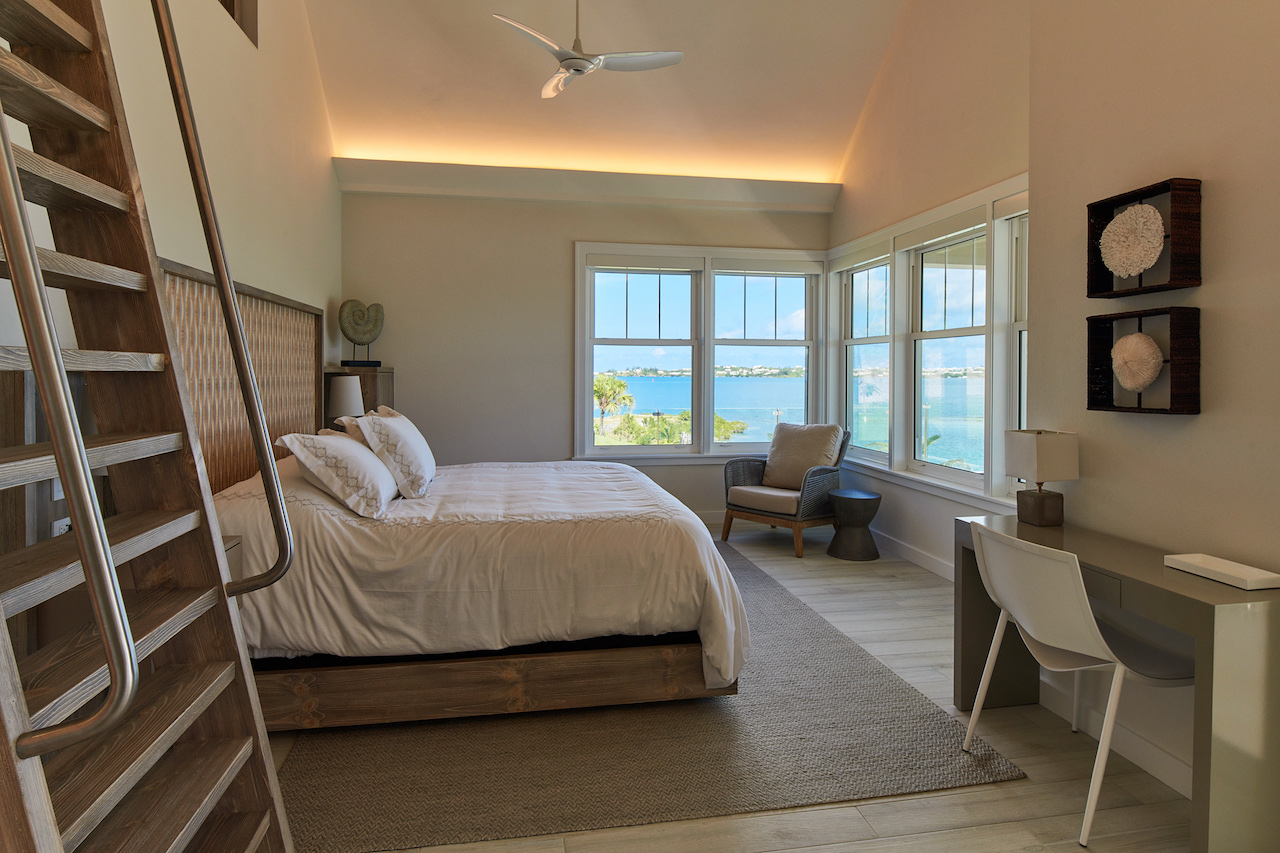

Cove lighting is a type of uplighting that’s positioned from within a cove. Coves are often located where a wall meets a ceiling to provide diffuse illumination and a warm ambience. It’s great for gardens at sundown and at night, evoking a magical forest feel.
Illuminated furniture
I’m a big fan of lit furniture. You don’t see it very often, so it can really make an impact and create ambience in an unusual way. Take for example lit beds, which can provide a subtle light when you’re getting up to go to the kitchen for a midnight snack. Instead of being bombarded by the sudden intensity of the main lights, this subtle lighting is nurturing and wise at the same time, providing enough light for you to navigate the bedroom, but also easing you after hours of sleep, into the light once again. If you want to get crazier, you can get neon lights for your living room furniture for that “disco from the future” feel. Lit hot tubs and spas are also great for some splashing fun in the dark. Personally, I love Vondom’s lit furniture collection, which personifies an elegant future.
The right fixtures
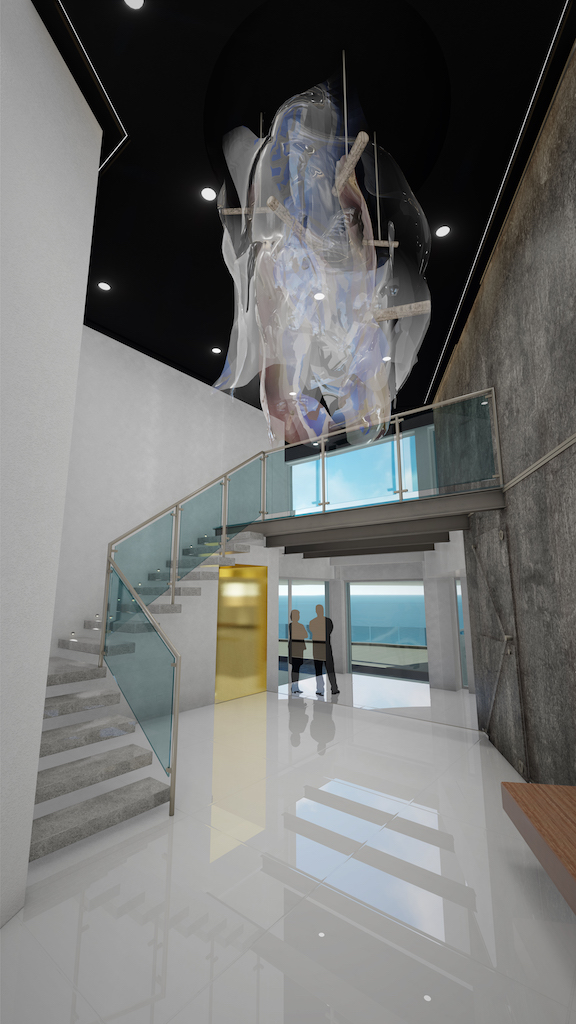

Lighting fixtures don’t just have to do with the type of light but also with the fixture’s design itself. Although I have a penchant for pendant lighting, it really depends on your personality and the features of your home. Pendant lights are very soothing downlights, this feel is partially due to their proximity to the floor, they feel like elegant tropical vines, adding an organic yet refined feel to your home. A bit of the best of both worlds.
LEDs
A staple lighting for motor vehicles and exterior spaces, LEDs have also taken off in interior design. The advantages of LEDs are extensive. First, they are available in any color, offering a wide range of mood settings, from deep blues to warm reds. They also last a lot longer, which is great for those tough spots that are difficult to reach, saving you the hassle of having to change the bulbs as often. Cost-effective in terms of energy consumption, they’ve been used extensively in the hospitality industry and are increasingly being used in private homes. I like LEDs for lit furniture, you can do a lot with the wide spectrum of colors and intensities. With a deep blue hue, you can cool “hot spots” such as the kitchen. It’s a great contrast. Furthermore, with smart home technology, you can control different lighting options for the same room.
Natural light
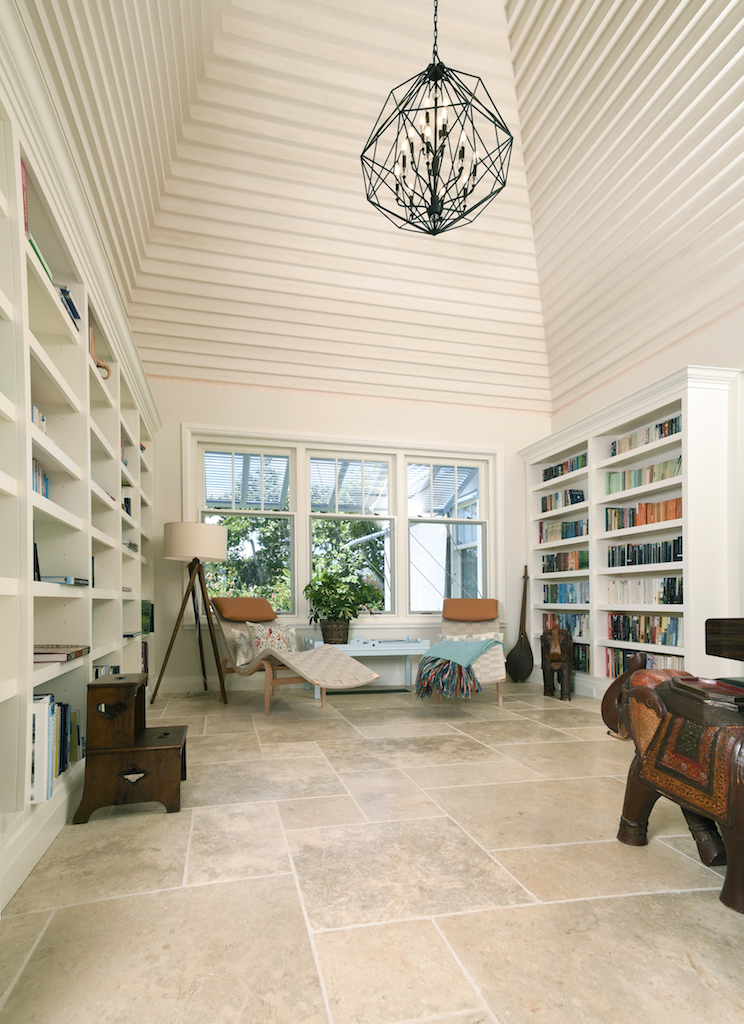

Finally, but definitely not least, natural light is great on so many levels. Besides saving on the electricity bill, natural light makes spaces seem larger. As humans we’re attracted and geared toward natural light, which is also healthy when it comes to getting our daily dose of vitamin D. Natural light cheers up spaces, giving them more energy and contributing to fresher air too. One of the simplest ways to bring in natural light is by the use of large windows. It’s important to have light angles and the intensities throughout the day in mind because the space will change as the day progresses. Think about how you want to feel in the morning, during the day, and at twilight.
About Roberto Aybar-Imbert
With a passion for pioneering ideas and new approaches to interior design, Roberto is Senior Designer at OBM International’s Destination Creation Studio, where his responsibilities include planning, design, and strategic thinking for projects ranging from boutique properties, luxury hospitality brands, to mixed-use developments. A collaborative and innovative thinker, Roberto uses his international architecture and interior design experience to ensure OBMI creates differentiated and enticing destinations, together with meaningful and memorable guest experiences.
For more on what you need to know about keeping the outside of your home lit, check out this guide on lighting options.


